Today I’m going to talk about my generalist lockpicking kit. This kit is something seldom seen. Rather than a locksport kit, this is a functional kit. It’s designed to open – not pick – real-world locks in my AO.
This article contains affiliate links. Note: Amazon links are affiliate links. Links to tool manufacturers and dealers are not – I don’t have relationships with any of them.
I’m showing it mostly to show you how little stuff is in it. There is a lot of mystique out there about lockpicking, and you can definitely spend a lot of money you don’t need to spend. In the next post I’ll talk about what a bare-bones (even lighter than mine), minimalist kit would look like in case you’re putting a kit together. But first, I’m going to issue a bunch of caveats.
Caveat: Equipment is not Knowledge
Possessing lockpicking gear means nothing at all if you don’t know how to use it. This is a bit chicken/egg because you have to have a little bit of gear to learn. The balance comes in purchasing only what you need to get started and adding gear as your capabilities progress. At this time I have no plans to cover a lot of lock picking “how-to” here, but there are two ways you can go about gaining knowledge.
The first is through self-study. I strongly recommend Deviant Ollam’s outstanding book, Practical Lock Picking. I have yet to find a better text on the topic. Practical Lock Picking is richly illustrated with tons of drawings demonstrating how locks work, and how picking works, along with a few bypasses. There are also quite a few YouTube channels out there that will teach you lock defeat. The second is through live training.
Live, open-enrollment training in lock defeat is hard to come by. One class that has my tentative recommendation is Tactical Lock Picking with Pat Watson of the Uncensored Tactical blog and podcast. The reason my recommendation is “tentative” is I haven’t personally attended. I have reviewed Pat’s curriculum, spoken to him at length, and have reasonable confidence his class is good to go. Pat has a two-day class on the March 22nd in Tampa (enrollment includes take-home tools) if you’re interested.
Caveat 2: Lockpicking Kit is Sometimes Illegal
Yes, that’s right, in some places lock picks are considered burglary tools and possession of them by non-qualified persons may constitute a crime. TOOOL (The Open Organization Of Lockpickers) has an awesome resource on the laws of various states available HERE. Knowledge of and compliance with the relevant statues in your locale or those to which your travel is your responsibility.
With that stuff out of the way, let’s get into what’s in my kit.
My Generalist Lockpicking Kit
One thing you’ll notice right away is that my tools are pretty old and gross looking. There are none of the new crop of stylized tools. Some of my tools are homemade, and most of them are fairly inexpensive – there are no $18 ultra-light, Euro, deep hooks in here. This is also a high-probability kit. There are no tubular locks picks, cruciform picks, or other exotica. Even though tubular locks are really common, they’re only common on things that I can’t conceive of any reason I would ever need to get into. The stuff here are just the workhorse items. Let’s start with the case and picks.
Picks
A generalist lockpicking kit must have some picks. My case and most of the picks are from HPC. HPC makes decent stuff, but they certainly aren’t anything sexy. They’re just good, durable picks and to be honest I think the weight of them (on the heavier side) is about right for 99% of real-world locks found in North America. I’ve had all of these for 10+ years. Here are the picks that I think you need for pin- and wafer-tumbler locks:
- Curved/hook: useful for single-pin picking or “actual” picking of pin tumbler locks. This one is so important I actually keep a duplicate in my kit in case I lose or break one (I have never broken a pick. . . yet).
- Half-diamond: useful for picking smaller pin-tumbler locks, wafer-tumbler locks, and raking.
- S-rake: or snake rake. This is strictly a rake, and probably the least-used pick in the set. When it works, it works like gangbusters, though, and I’m very hesitant to take it out.
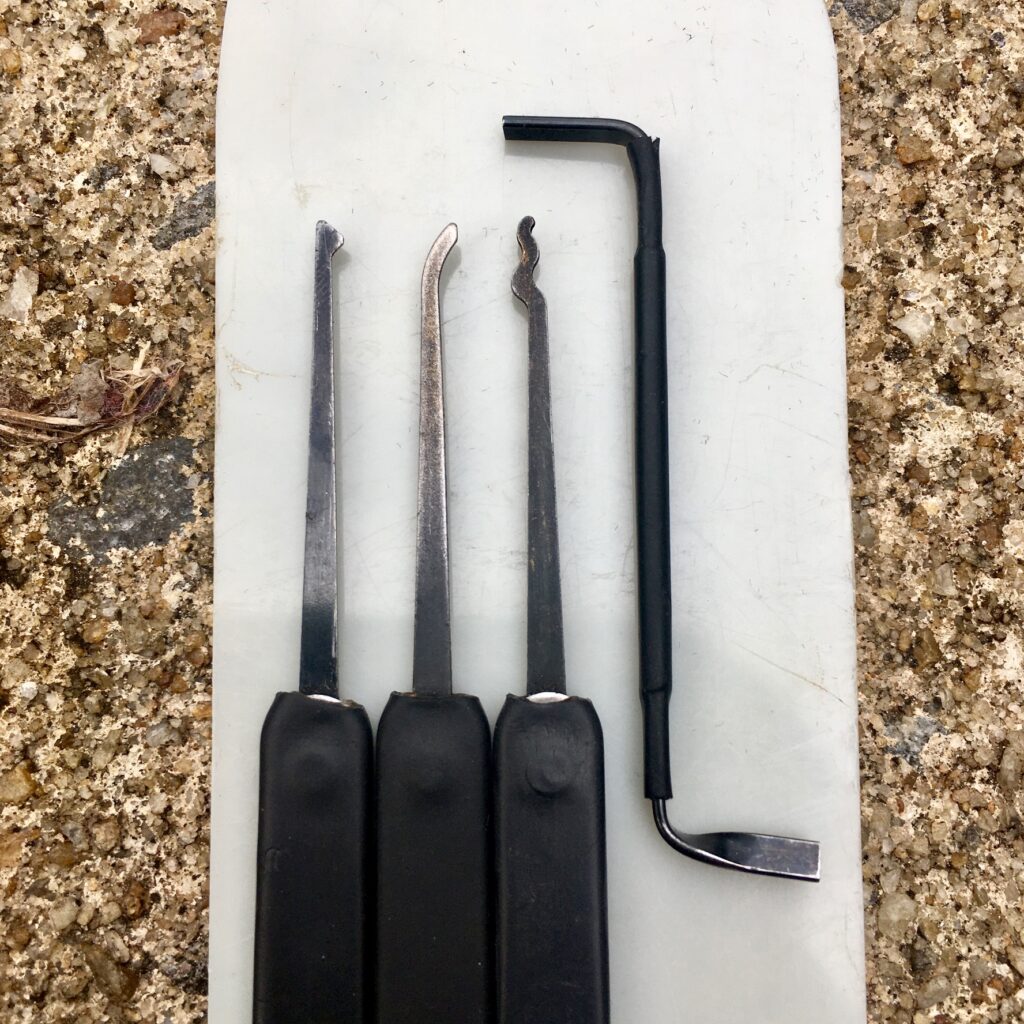
Now, that should tell you a few things. First, when you see that 95-piece set online this should make you realize you don’t need it. I have probably 500+ hours of professional lock defeat training, and I still haven’t outgrown these picks sufficiently to carry more or better ones. If in the future you actually do need all those esoteric picks, you aren’t going to want the cheap ones in the set – you’re going to want nice, high-end, individually selected items. Seriously, don’t waste the money, especially for a generalist lockpicking kit.
Secondly, this should tell you something about the nature of my kit: again, it’s not a locksport kit. It’s a very functional kit that is meant to open common padlocks and door hardware in North America – not anything the world can throw at me.
Tension Tools
Now let’s look at tension tools. I like having a good selection of tension tools. If you can tension the lock sufficiently, maintain tension without over-tensioning or dropping it, and leave yourself enough room for your pick, you can get a lot of work done. Here are the tension tools I keep on hand (pictured below, left to right):
- HPC TR-4 rigid, double-ended tension wrench: This is my absolute favorite tension tool. I don’t like springy tools as they tend to absorb a lot of the feedback the lock is giving me. This thing is a brutish monster to most locksport guys, but this one gets 90% of my work. It is pictured in the photo above with the picks.
- HPC variable-size tension wrench: this tool widens by sliding the washer down. This is good for really large keyways. Believe it or not the portion going into the keyway is so small it’s also great for some smaller keyways.
- Peterson Double-Prong tension tools: These don’t get a ton of work but they’re nice to have when you need them. One of these might make it into my minimalist kit if I had it lying around.
- Peterson Pry Bar: This is another brute. It only really works for huge keyways, but you’ll occasionally find a use for it. It’s flat and takes up minimal space, so I keep it in there.
- Peterson “Flat Five” Tension Tools: I absolutely love these tension tools. I only have two of them here – the most rigid ones (again, I don’t like springy tension tools). I wish you could just purchase those two but I believe you have to purchase the whole set. At $30 this is a pretty pricey item, but some competitors offer less expensive versions (I’ll cover that later). Also, that last tool in there…I’m not sure where that came from, but there it is.
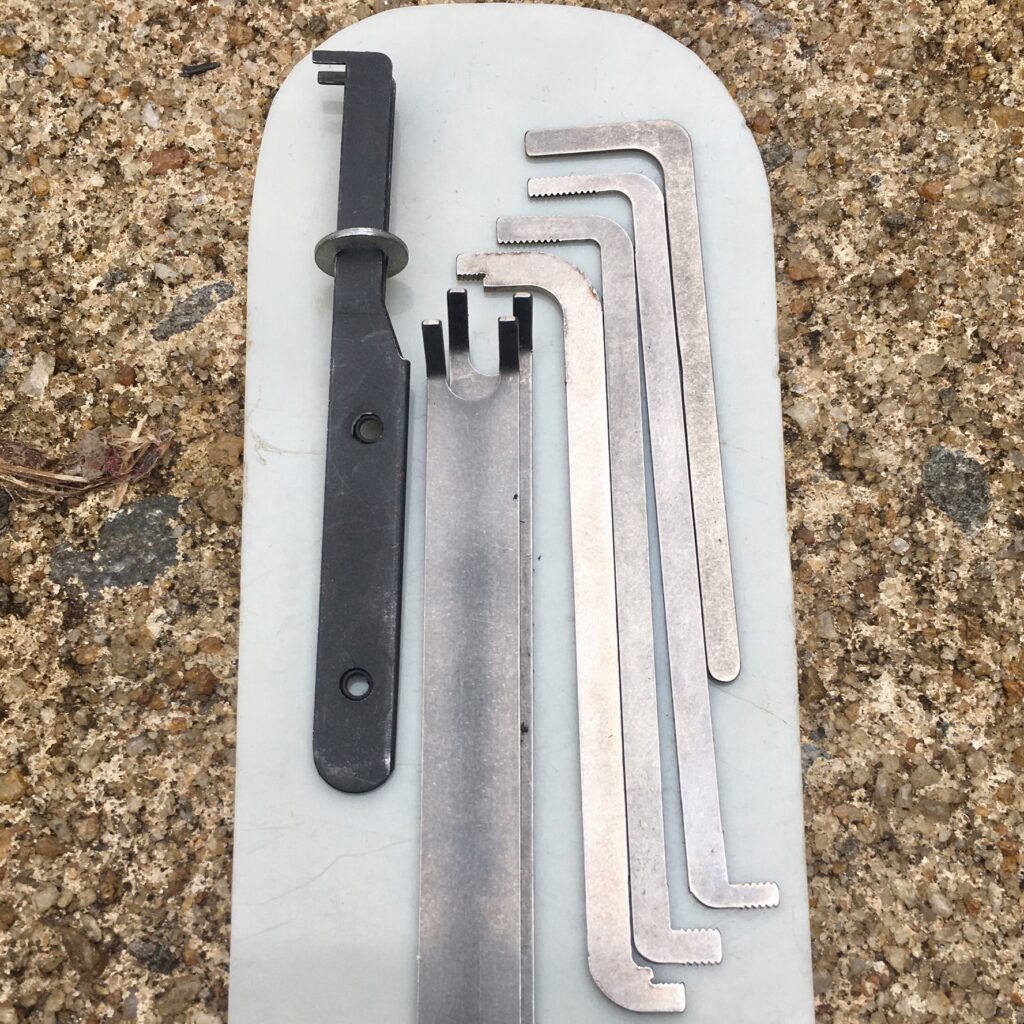
A quick note on terminology: I hate the term “tension wrench.” The word wrench mentally primes you to turn it like a wrench. I greatly prefer the term “tension tool” and have pretty much expunged “tension wrench” from my vocabulary. If you see it above it’s because I’m listing a manufacturer’s nomenclature. Also, this idea isn’t original to me. I learned it from somewhere – maybe a class, maybe a book, I can’t remember – but I’m not trying to take credit for it. Let’s move on.
Warded Lock Picks
Warded lockpicks are essential to a generalist lockpicking kit. Despite their very minimal security, warded locks are everywhere. They are sold everywhere and they are usually very inexpensive. Opening them is extremely easy if you have the right tools. Their commonality and ease of opening means I will always have a set of warded lock picks in my kit. There are four items in this category:
- Warded pick set. These guys are really simple and inexpensive and are close to true “skeleton” keys. This 5-piece set will open almost every warded padlock you encounter. But not all of them, which is why I have…
- Single- and Double-ball rake: these are technically rakes. but they are mostly worthless for picking/raking pin- or wafer-tumbler locks. I keep one of each because they will fit in the tiniest of warded lock keyways. I bet some of the locksport guys were just waiting to send me hate mail about how awful these picks are, but they do serve a legitimate purpose.
- Handcuff key. Debatable utility (and you could always improvise), but you don’t want to be the “lock guy” and not have a handcuff key on you if someone needs one.
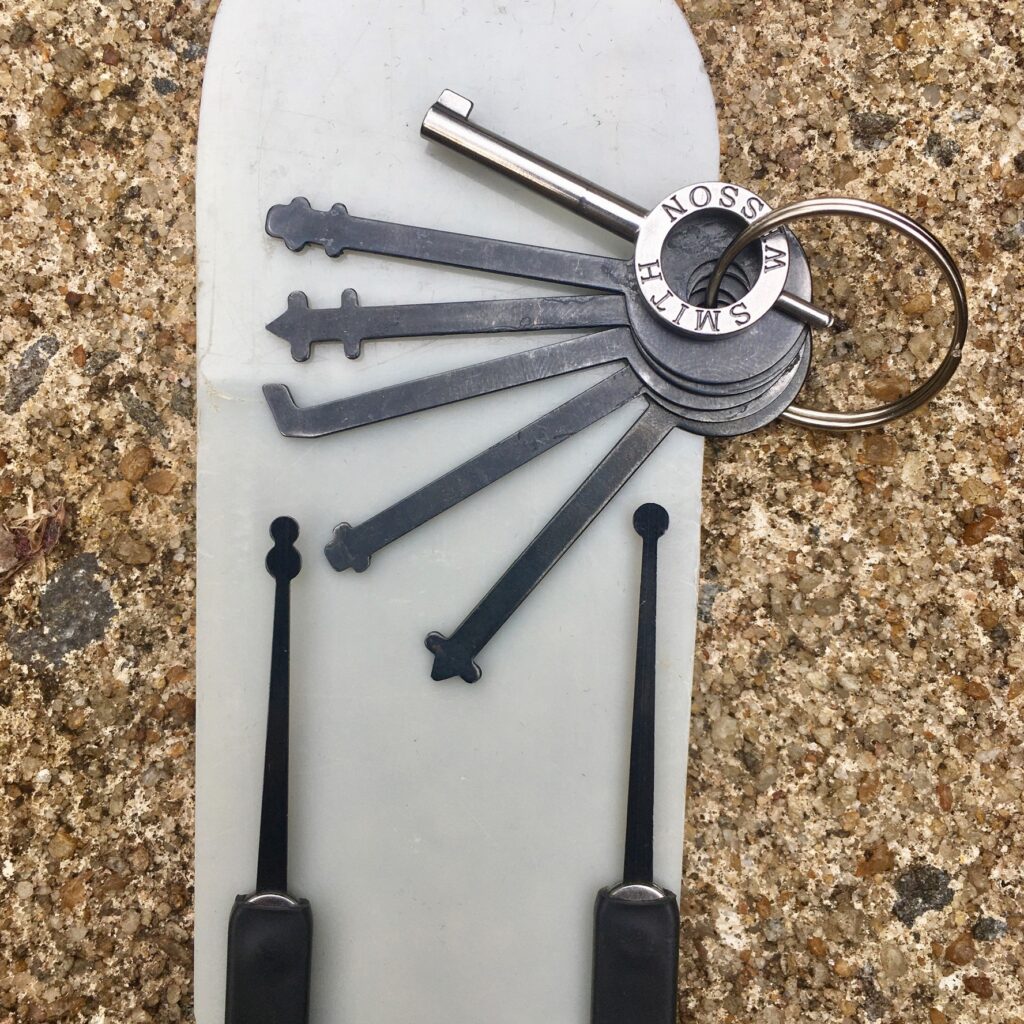
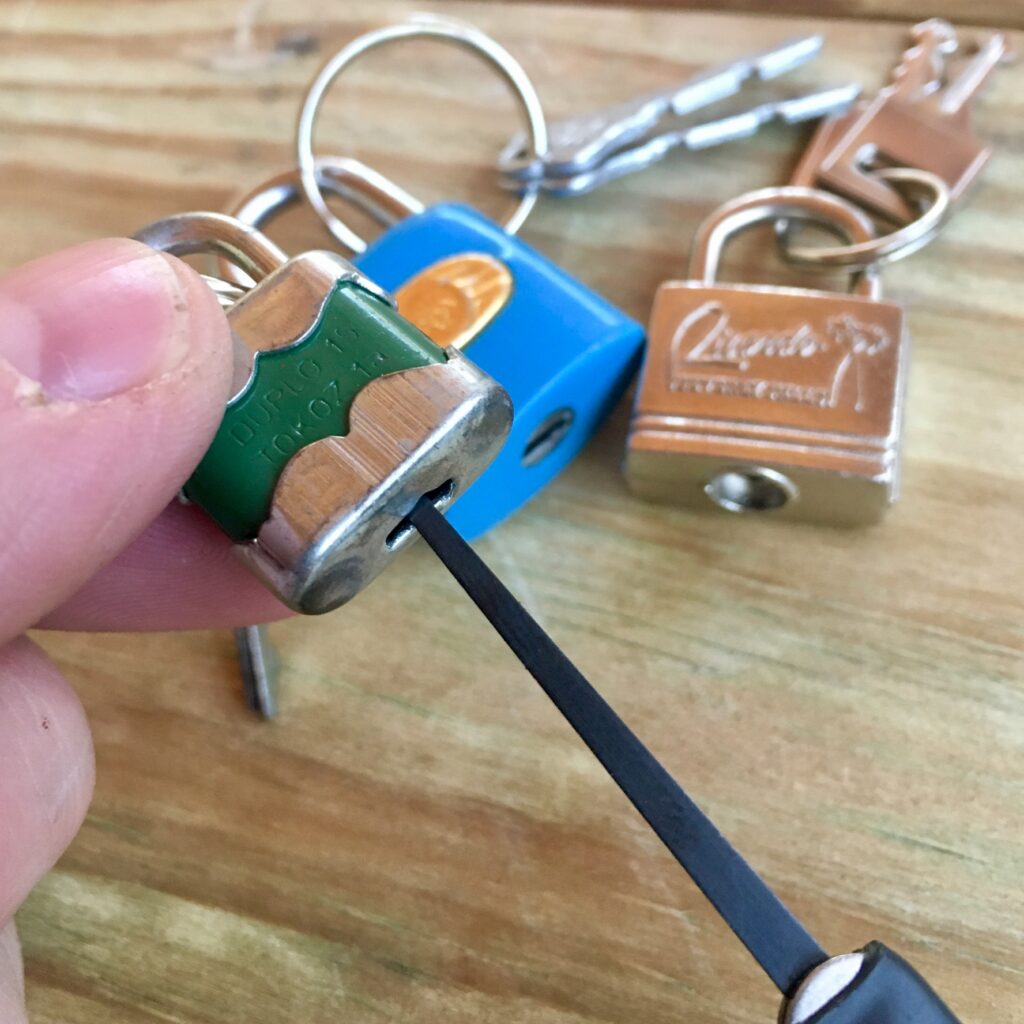
Bypass Tools
I don’t have tools to bypass everything – there are tons of bypass tools out there – but I do have some high probability tools. These are based on chances of success, penalty (in size/shape/weight) for carrying them, and likelihood of encountering that type of lock. Here’s what I got, starting from the back, then working left to right (in bottom photo):
- Shim material: The white, plastic stuff that has been the backdrop for all these photos. It comes in much larger sheets, but I cut these to fit in my pick case. These are useful for bypassing doors using the “credit card trick.” The one with the notch cut out is for bypassing those hotel door locks with the bar that flips over the knob from the inside of the room. Both are cut with nice, rounded edges; sharp edges tend to hang up on stuff and cut weather stripping. This stuff is sometimes called “mica” or “loid.” I got mine through Sparrows Lock Picks.
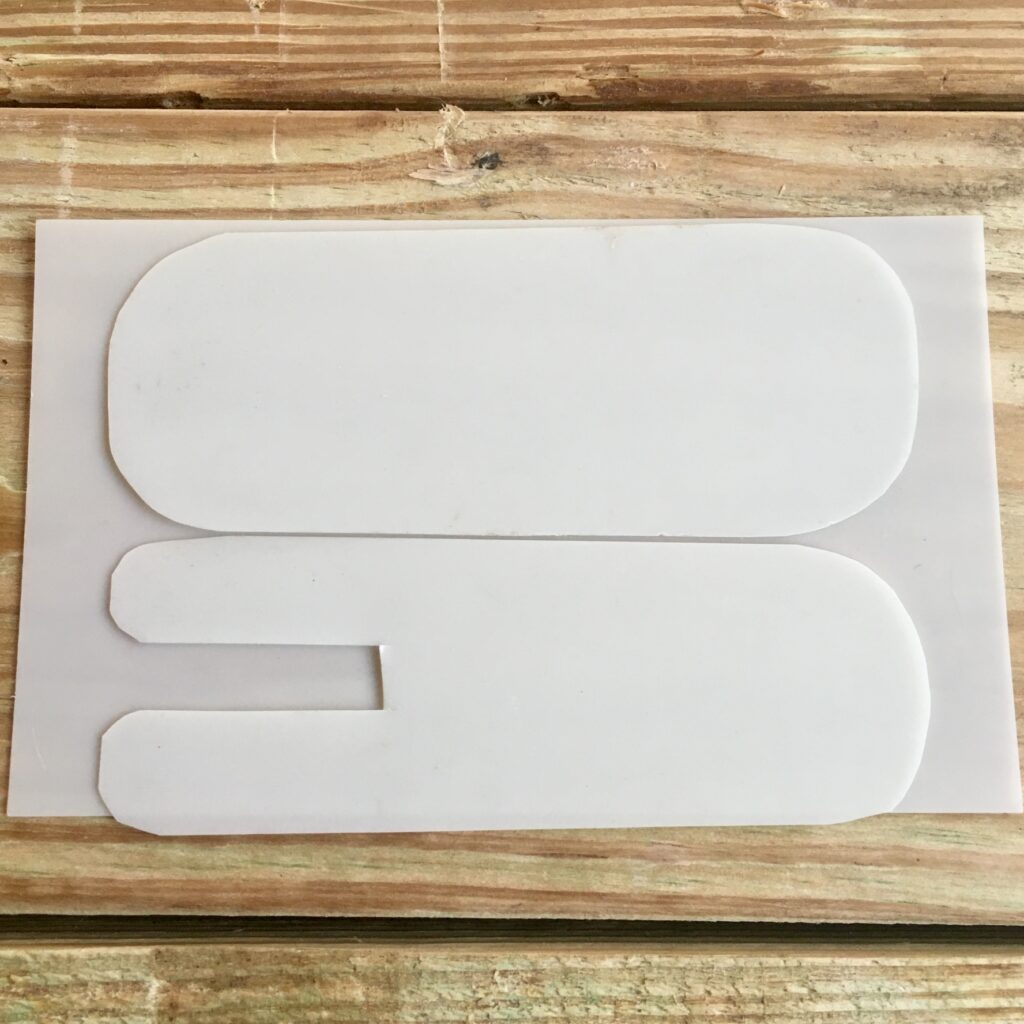
- Two-hole folder clips: This is an office supply that I’ve repurposed for lock defeat for combination locks with the wheels on the bottom. There are purpose-built tools that open wheel-combination locks like the Master 175. Those tools are generally expensive; these little guys cost $15 to 20 per box of 100.
- Stick knife: this is one that I made out of spring steel. Some inexpensive padlocks have a shackle retainer that can be accessed directly through the keyway and retracted. This sharp, strong metal will bite into it and let you pull the shackle retainer back, out of engagement with the shackle, unlocking the lock. There are commercial versions of these you can purchase
- Pull knife: I also made this one out of banding steel. This is for opening locked-but-live latches on doors. This is a tool that you absolutely shouldn’t be without. There are some good commercial options out there.
- Waxed cord: this is an extremely reliable bypass tool for those little chain locks that you activate on the inside of a door. This is probably pretty low-likelihood and I could probably live with out it, but it takes up almost no space, so I’ve left it in.
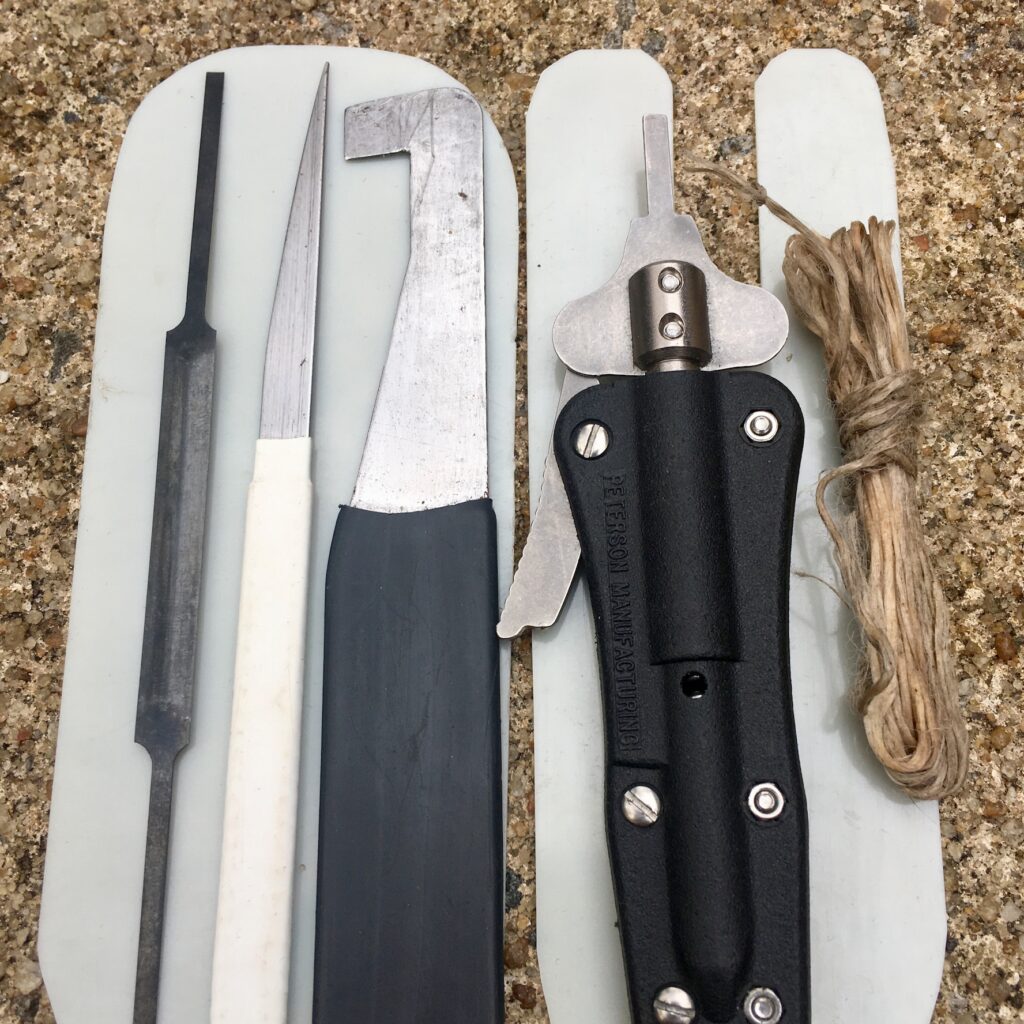
Plug Spinner
I wouldn’t be caught dead without a plug spinner if I thought I might have to pick open some door hardware. When you are picking a lock, sometimes it picks easier one way than the other (i.e. clockwise vs counter-clockwise, or vice-versa). Unfortunately, the lock will only open by turning the key in one of those two directions, not either one. If you pick it open in the wrong direction (by mistake or because it’s faster/easier), a plug spinner will spin it quickly back the other way so quickly that the pins won’t reset.
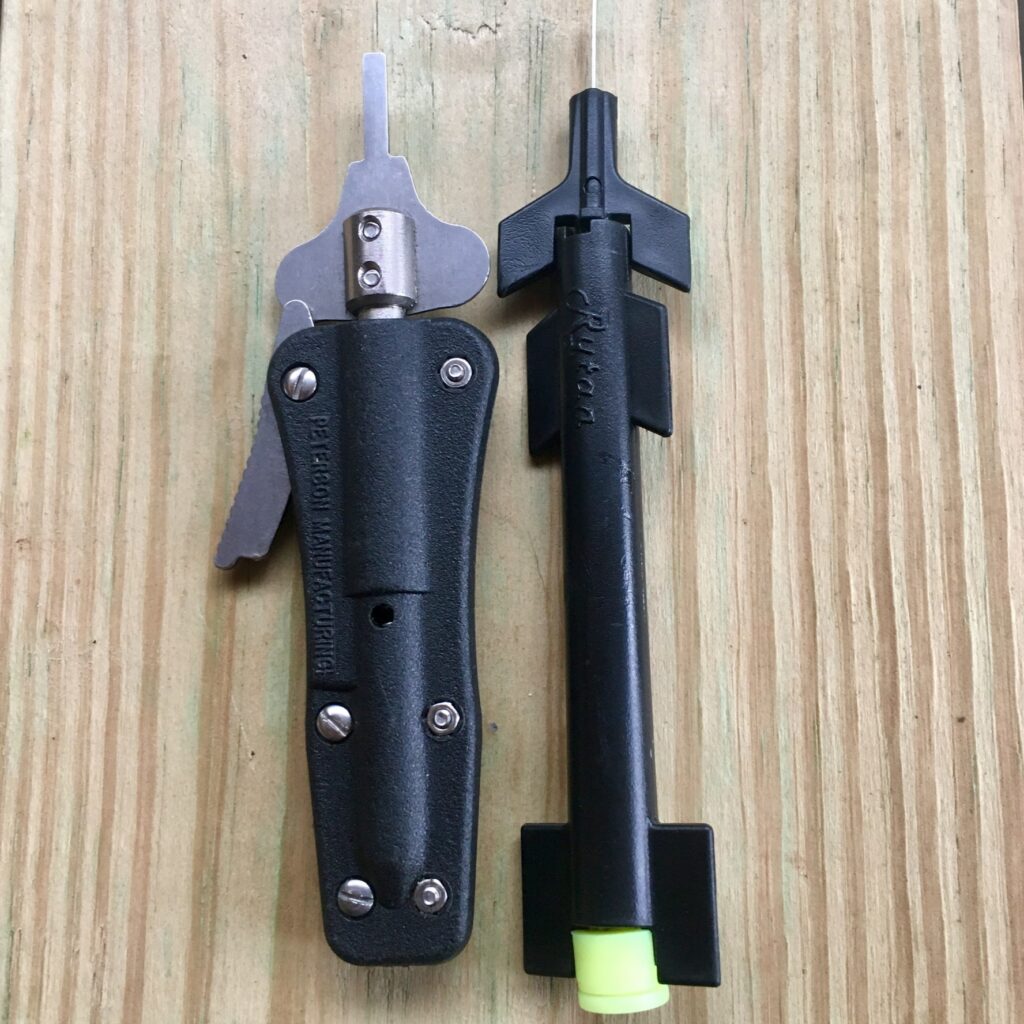
This isn’t something you see in locksport kits but it is crucial for a functional, generalist lockpicking kit. The one pictured is a Peterson which I love. Most of its parts are replaceable, and unlike a lot of plug spinners, it’s small and flat. At $55-50 it’s expensive, but I also like the Rytan plug spinner which is closer to $25, when you can find it. It and still has a nice, compact form-factor but if you break it you’re buying another.
Miscellaneous
And then I’m left with just a couple, miscellaneous tools to round out the generalist lockpicking kit.
- Wafer lock jiggler: I’ve honestly never used this. It was given out at a course and since it’s nice and flat I threw it in my pick set. Maybe I’ll make a bit of an effort to use this guy.
- Bogota rakes: These things are awesome – if I could only have two tools these might be it. Like all very versatile tools, though, they’re good at a lot of things and not great at most. Since I have better tools for most purposes they don’t get used a ton. I should put them in my wallet instead of my pickset. The company that makes them, S.E.R.E. Pick, also hosts live training but I haven’t attended it and don’t personally know anyone who has.
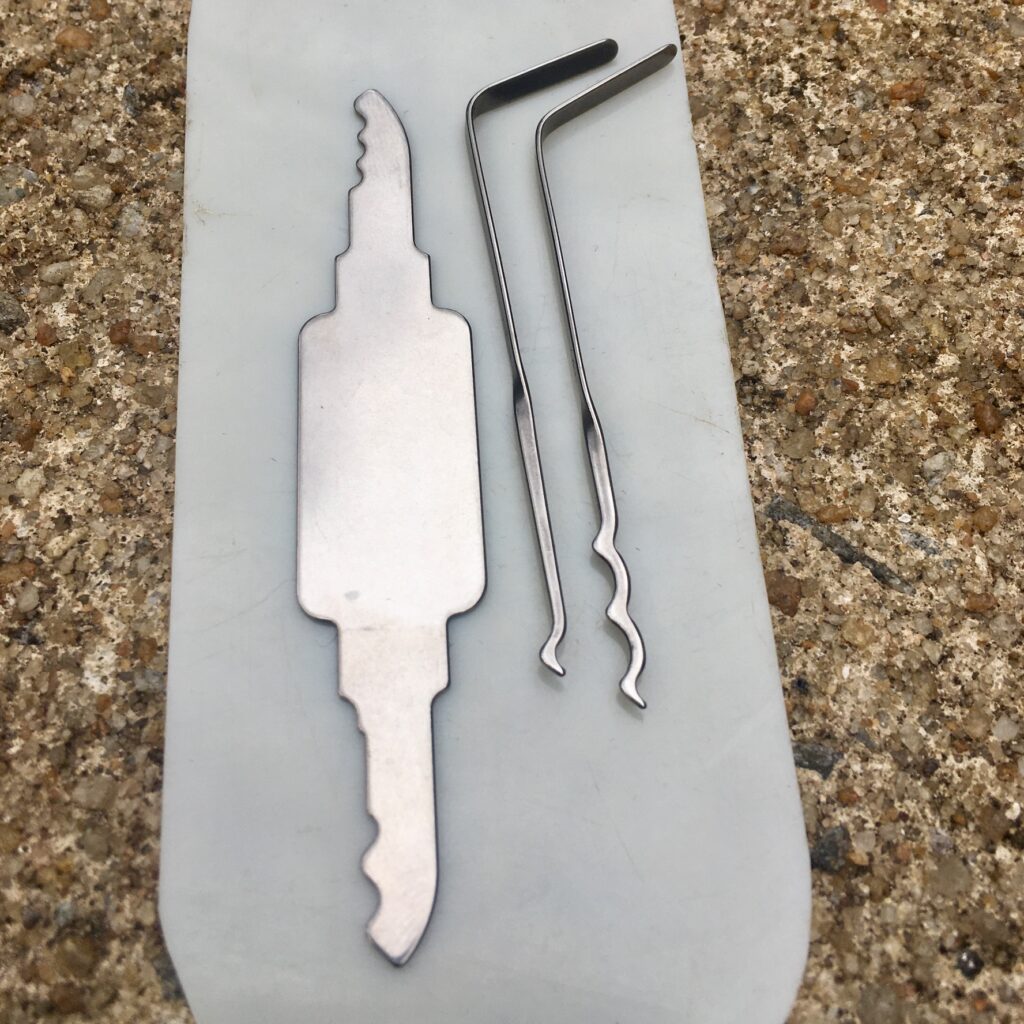
Final Thoughts
Again, none of these tools mean anything if you don’t know how to use them. If you don’t know how to use something I mentioned in this article, don’t run out and buy it. Master what you have and/or identify needs that your current equipment doesn’t meet. Honestly, I have some redundancy in here that I could weed out, too, but this case is still about the size of my phone, but just a touch thicker.
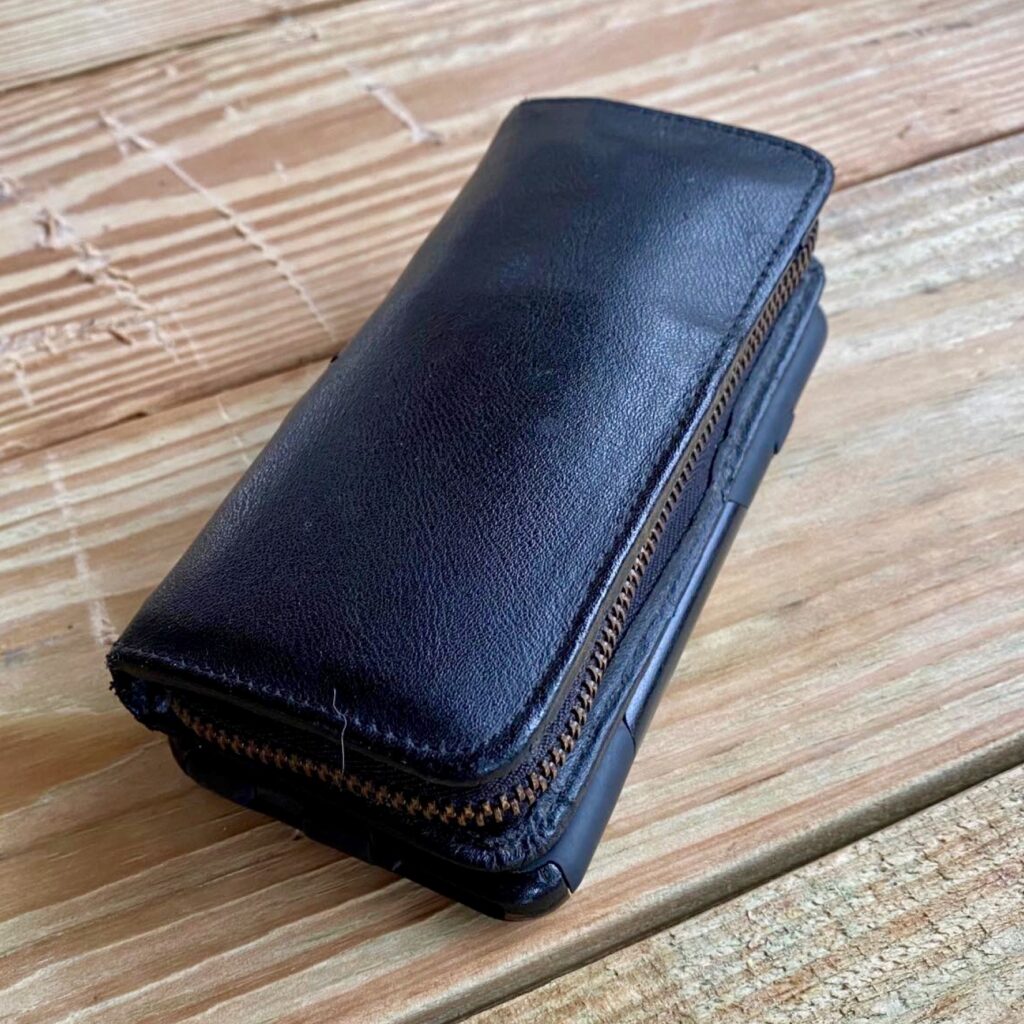
And that’s it – that’s my generalist lockpicking kit. Soon I’ll talk about what an absolute minimalist lockpicking kit would look like. I’ll provide links and recommendations and all that good stuff, in case you’re in the market. And maybe I’ll build a minimalist kit from the ground up for EDC so I can show you what it would look like (we’ll see). Stay tuned!






1 thought on “My Generalist Lockpicking Kit”
Comments are closed.